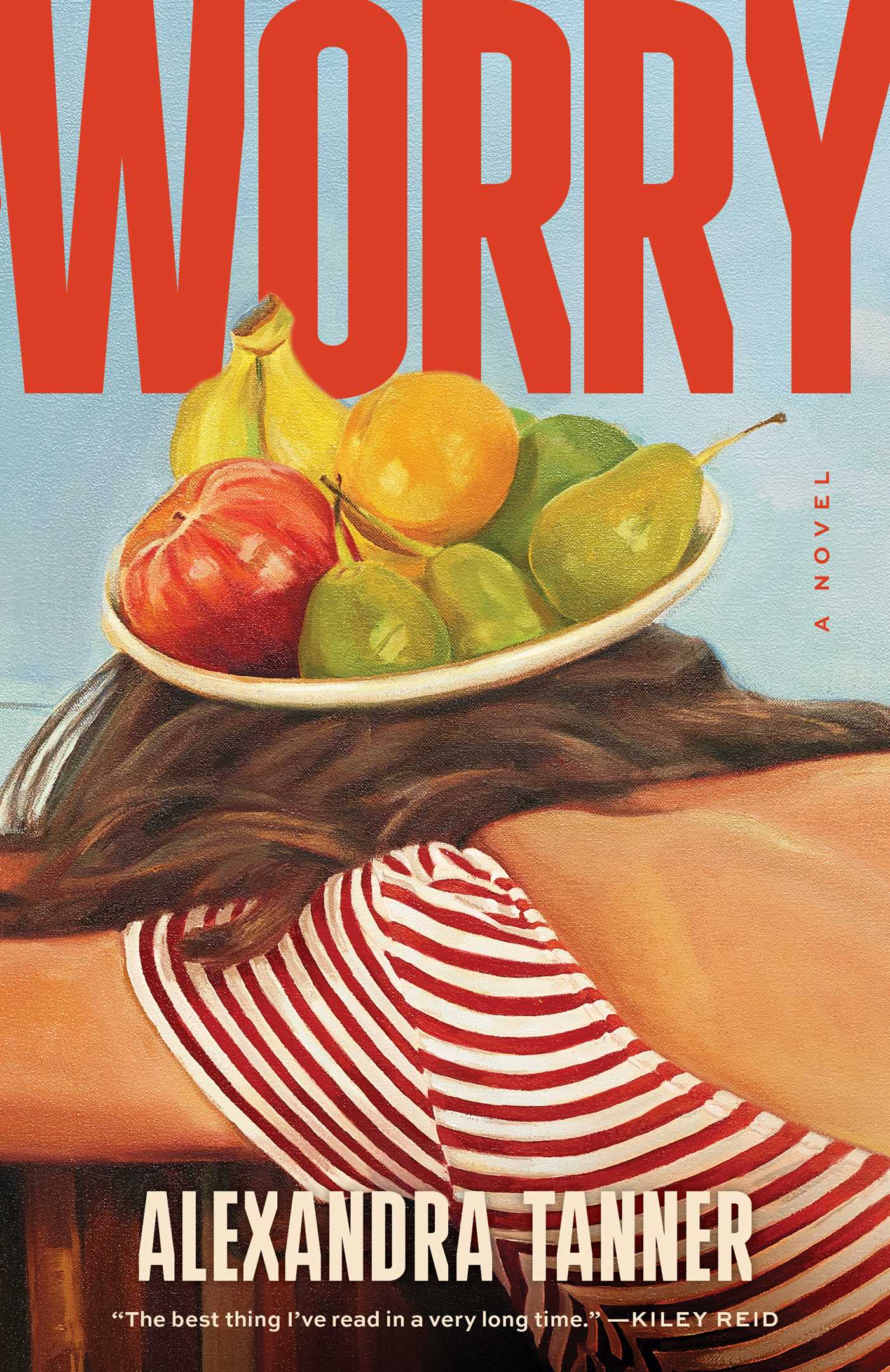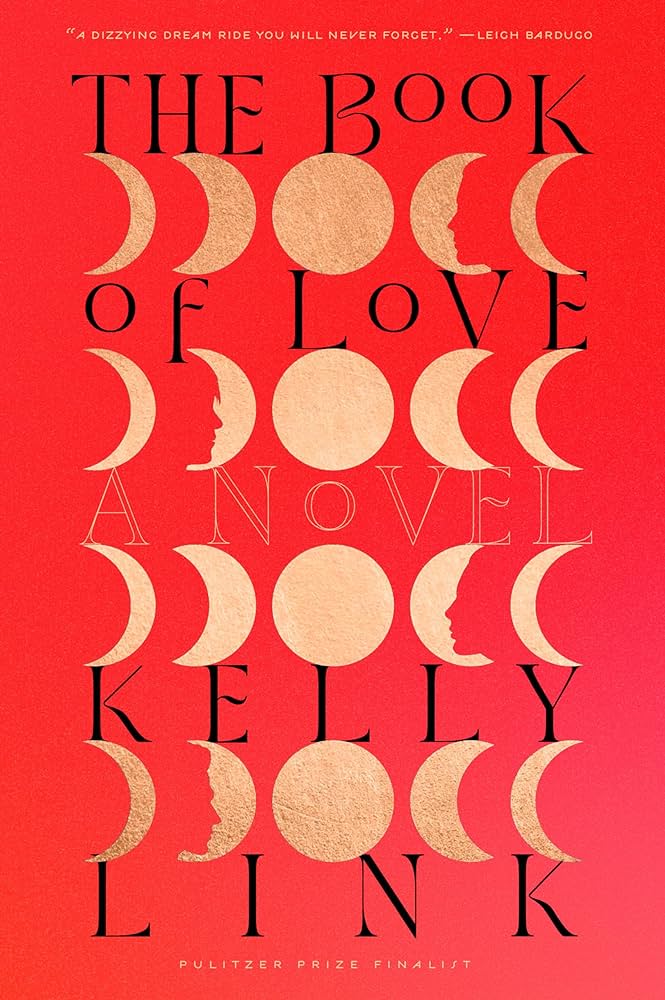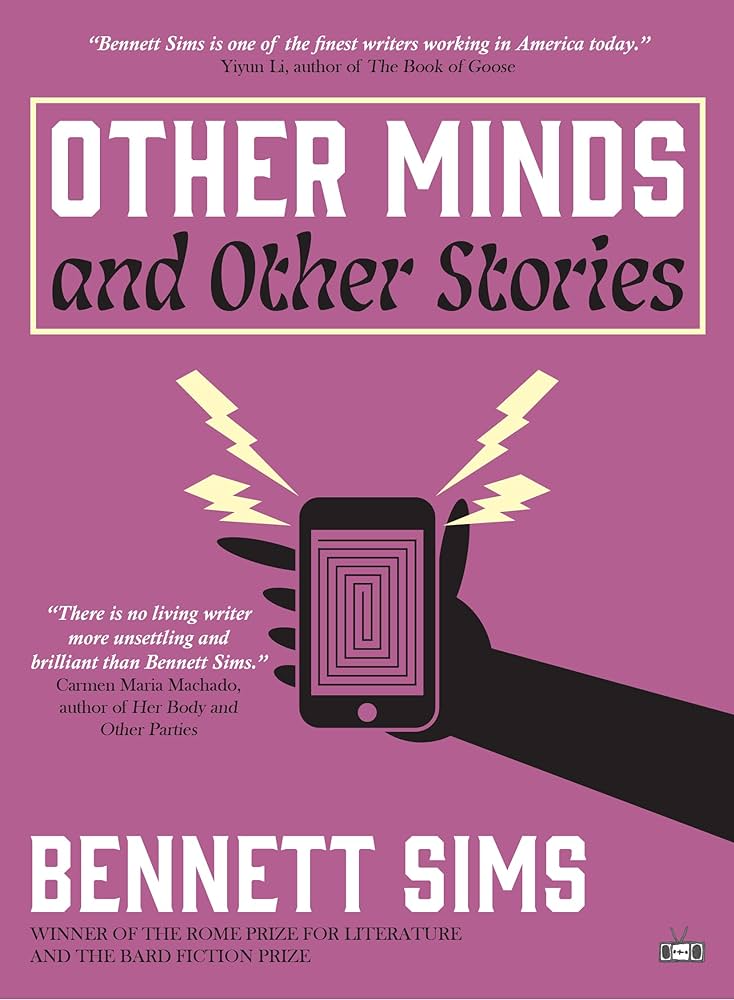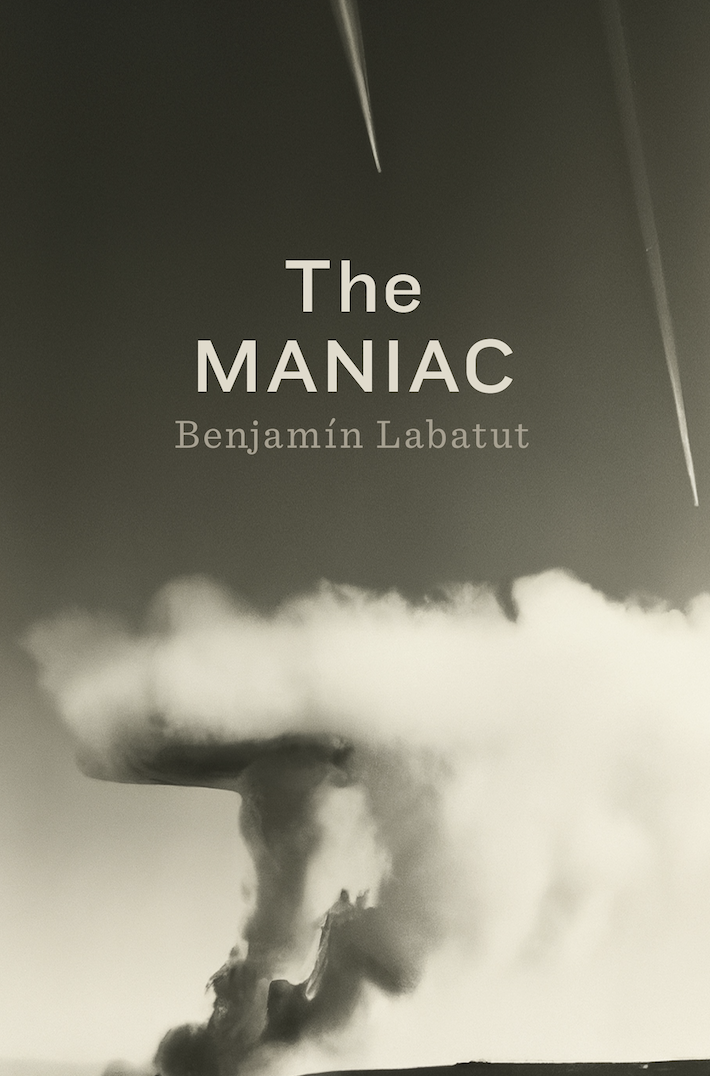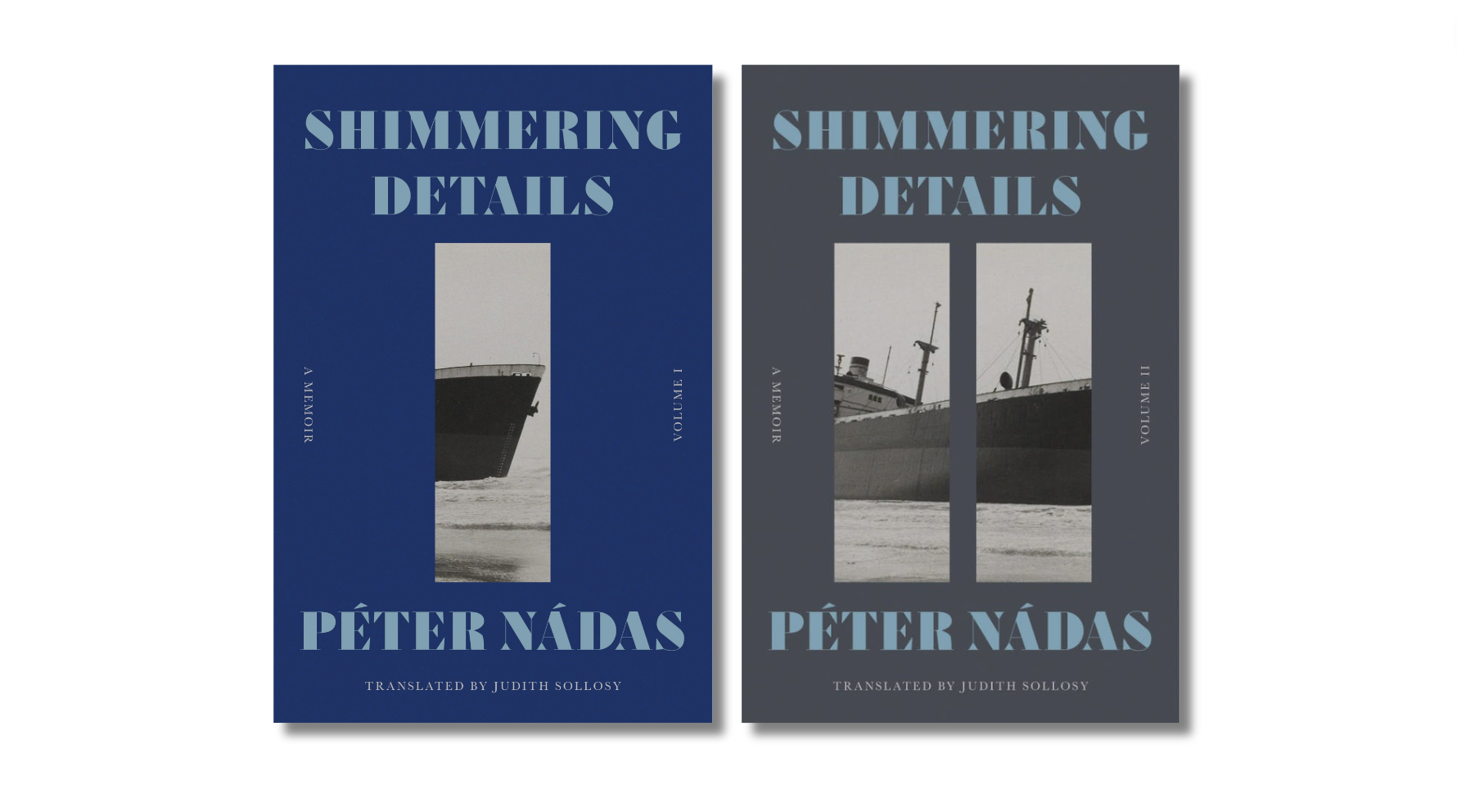At the first literary conference I attended, I was surprised to find that the advice I was given pertained less to craft and more to the management of public persona. Attendees discussed the nuances of the author photo and how to make their Twitter accounts appeal to a wide audience, and I was advised to have an answer prepared for when I am asked how much of my fiction comes from Real Life. After coming out of the modeling industry, where everything is quite explicitly about appearance, it was disheartening to discover that the literary world was no haven from these dynamics. Elena Ferrante’s desire to maintain the freedom of private life has always seemed quite sensible. In newspaper headlines she was called “The Writer Without a Face,” but why did she need one?
Enter Ferrante’s new book, Frantumaglia, which includes selections of over 20 years of her essays, correspondences, and interviews. The book, whose title translates to “a jumble of fragments,” has been available in Italian since 2003. While there is no comparable word to frantumaglia in English, Ferrante illuminates what the term meant to her specifically, comparable to Lila’s “disappearing margins” in the Neapolitan novels:
My mother left me a word in her dialect that she used to describe how she felt when she was racked by contradictory sensations that were tearing her apart. She said that inside her she had frantumaglia, a jumble of fragments. The frantumaglia (she pronounced it frantummaglia) depressed her. Sometimes it made her dizzy, sometimes it made her mouth taste like iron. It was the word for a disquiet not otherwise definable, it referred to a miscellaneous crowd of things in her head, debris in a muddy water of the brain. The frantumaglia was mysterious, it provoked mysterious actions, it was the source of all suffering not traceable to a single obvious cause…Often it made her weep, and since childhood the word has always stayed in my mind to describe, in particular, a sudden fir of weeping for no evident reason: frantumaglia tears.
This concentration on the suffering of women is appropriately potent throughout the book, as is Ferrante’s own professed fragility. She states her deep interest in feminism, but does not consider herself to be well versed in it. She is deeply concerned for her goodness as a human, she is deeply apologetic to her publisher when she does not complete an interview or make an appearance, explaining that it is both a choice and a personal necessity that she is not subjected to a more public literary life. She corresponds with Mario Martone, the director of the film adaptation of her novel Troubling Love, expressing that she has no idea how to contribute to the project. Often, she defends her choice to write under a pseudonym. Whenever Ferrante is forced to communicate about her work, her communication is laced with an intense self-surveillance. The book is restrained and self-protective, and I find myself protective of her as well.
Regrettably, the writing of this review is complicated somewhat by Claudio Gatti’s reveal of what is likely Ferrante’s true identity, a translator named Anita Raja. Gatti’s months-long probe was conducted with the tenacity of a criminal investigation, and served the purpose of radically violating the terms under which her work was created. He asserted that, given the publishing of a volume like Frantumaglia, the public had the right to Ferrante’s true identity. This reveal is significant to a book review only because Gatti pointed out several discrepancies between what Ferrante says of herself in the volume and what is known to be true about the life of the woman he says she is. For instance, Ferrante writes of having three sisters in Frantumaglia, while Raja has none. Ferrante writes luminously of her mother’s work as a dressmaker, while Raja’s mother was a teacher. Ferrante says that “Naples is a space containing all my primary, childhood, adolescent, and early adult experiences,” while Raja was born in Naples but moved to Rome at age three, and so on.
But the real Elena Ferrante is, quite explicitly, a fiction. In her new volume, Ferrante herself acknowledges that she sometimes resorts to lies “when necessary to shield my person, feelings, pressures.” In this way, the volume takes on a narrative of its own, though the plot, if there is one at all, is subtle. What is exceptionally clear is that the way Ferrante presents herself, however minimally, is too calculated, too realized to exist anywhere outside the realm of fiction. And why should it? As writer Nicola Lagioia wrote to Ferrante’s publisher, “If she wants to adjust, polish, clarify the argument, that’s fine of course. For me literary needs always take precedence over journalistic ones.”
I have always relished reading the journals, letters, and reflections of the writers I admire. When I got my hands on Susan Sontag’s journals as a teenager, it felt as though I was being allowed access to the formation of the sort of mind I hoped to cultivate myself. Frantumaglia, as might be expected, offers access to a very different sort of process, in which Ferrante both practices the exercise of her literary needs (in crafting the story of herself) and defending her right to do so. She spends a significant portion of the book repeatedly explaining to journalists, her publisher, filmmakers, and others why she feels the need to remain anonymous. It doesn’t seem difficult to grasp: she believes that books should be able to exist in the world without being tied to a personality. For this reason, it has been suggested that the assembling of this book is antithetical to her professed desire for anonymity, that it seems to fly in the face of her convictions. I do not believe this to be the case, given that Ferrante has stated, in a correspondence with her publisher, the function that she wishes for the book to serve as an afterword and companion to the novels:
In other words, I’m uncertain. I think a book like that might perhaps possess cohesiveness, but not autonomy. I think, that is, by its nature, it can’t be a book in itself. You’re very right to call it a book for readers of Troubling Love and The Days of Abandonment… Which is to say that, if you do decide to publish it, you have to do so feeling that it is editorially, as an appendix to those two books, a slightly dense afterword…
It seems very successful as such. Frantumaglia contains a similar construction of female identity that we see in her novels, and, as with her novels, the line between fact and fiction is unclear.
“The biggest mystery outside Italy about Italy is Elena Ferrante,” Gatti said in defense of his investigation and subsequent reveal of Raja. But he is perhaps incorrect — or at least, those who are readers and not fans of Ferrante’s are haunted by a much more compelling mystery, which is that of the female condition — how to exist in a world as a female body subjected to the trials and tribulations that seem to come with it. At a dinner party in Rome this summer, I spoke with Italian director Anna Negri about what could be fueling the American engrossment with Ferrante’s works. Negri believes that Ferrante is captivating in that she tells the woman’s side of the Italian machismo that Americans have grown fascinated with via movies and television like The Godfather and The Sopranos. Essentially, Ferrante warns us (in case the domestic abuse in these films and shows wasn’t convincing enough) — it’s not that great. Ferrante ends up addressing this phenomenon herself in one of Frantumaglia’s featured interviews:
The greatest risk now is female regret for the “real men” of bygone days. Every form of male violence should be fought against, but the female desire to regress should not be neglected. The crowd of women who adore the sensibility and sexual energy of the worst male characters in My Brilliant Friend illustrate this temptation.
The same kind of immediacy Ferrante exhibits in her fiction is most present and potent in Frantumaglia when she speaks of her concern for other women: “Even if we’re constantly tempted to lower our guard — out of love, or weariness, or sympathy, or kindness — we women shouldn’t do it. We can lose from one moment to the next everything that we have achieved,” she says when asked by an interviewed what she hopes readers will take away from her work.
In a literary culture that has elevated personality to currency, in a world where my beginning fiction students frequently assess the value of writing based off how “relatable” they find the author to be, there is much to be learned from Ferrante. Even if she is who Gatti says she is, she has created a body of work that lucidly and luminously shown us a very different kind of life. What is fiction for, if not for this? What does a female artist owe the world? Certainly not consistency; hopefully not “authenticity” or “relatability.” Ferrante’s true readers (as opposed to fans — she draws a sharp distinction between the two) will be grateful for Frantumaglia and the story it tells, which is exquisite, regardless of those who would fact-check her.



